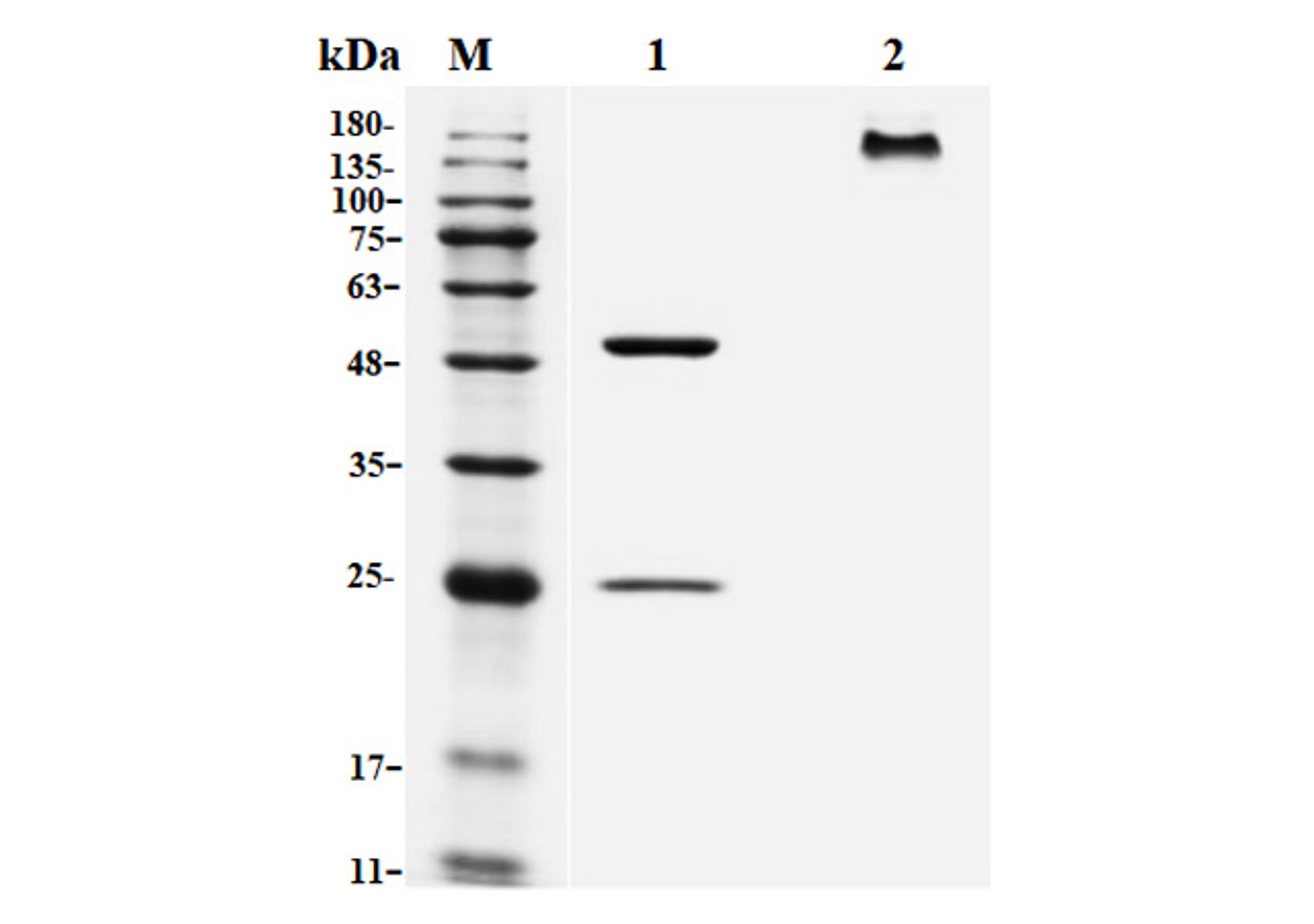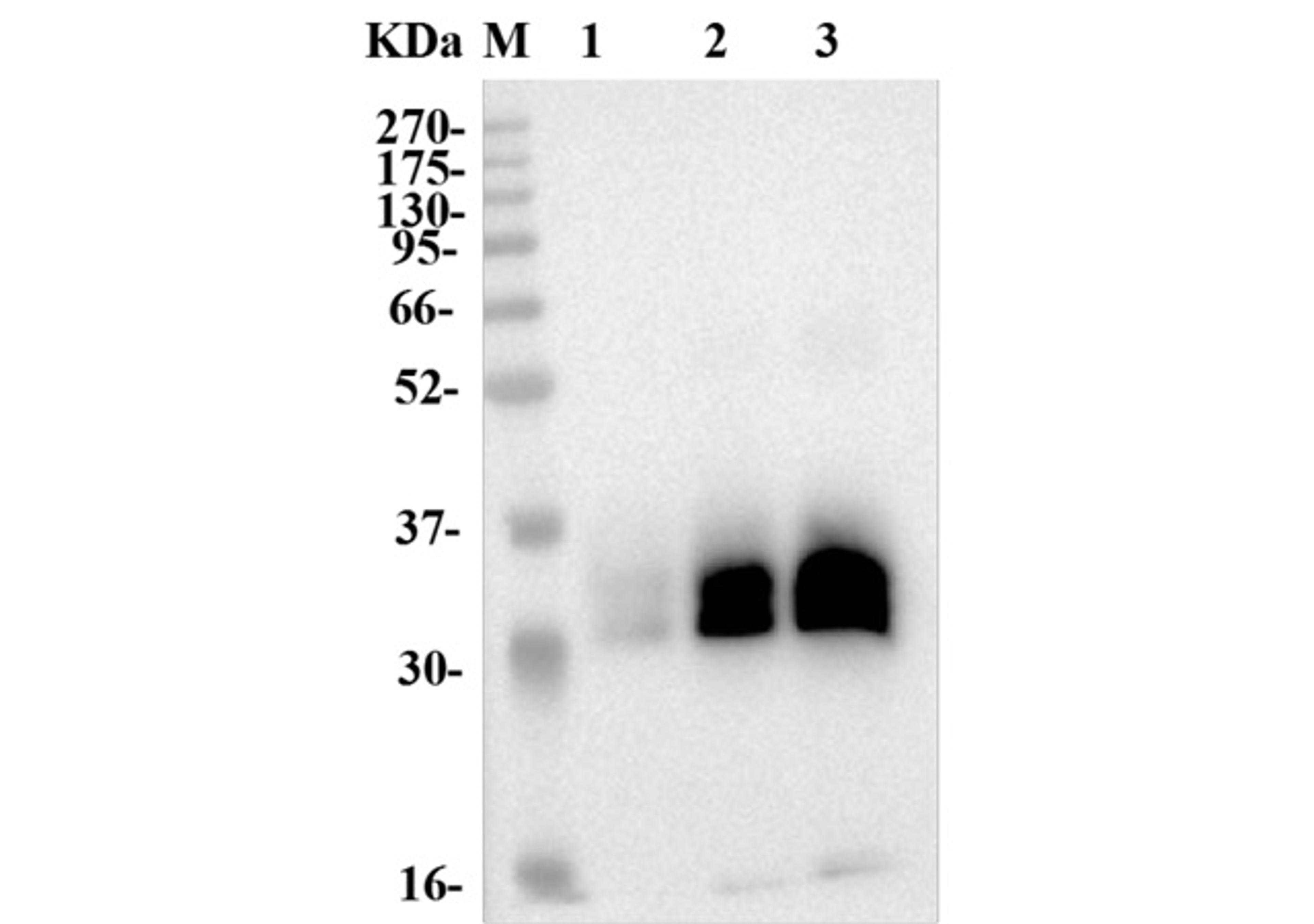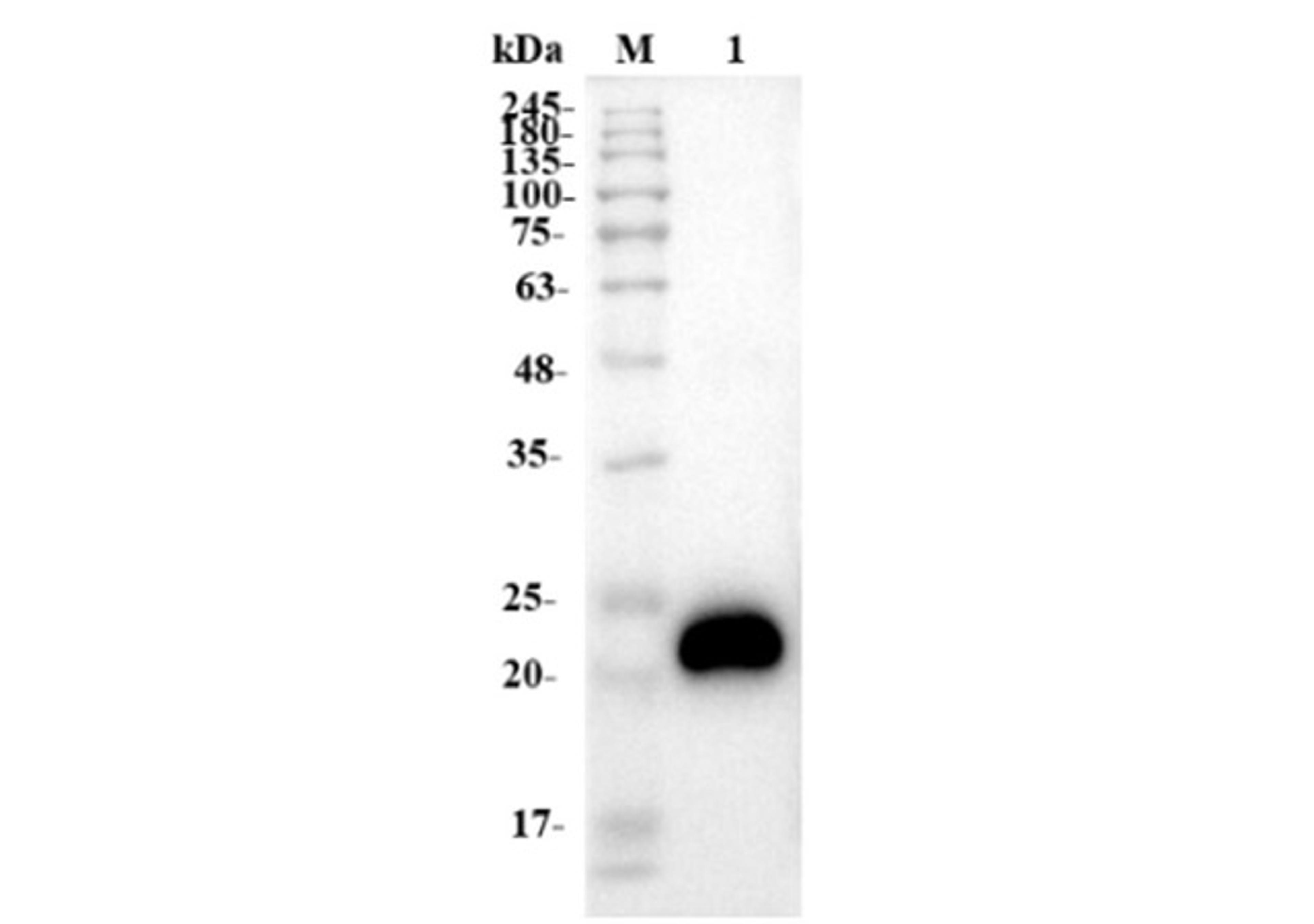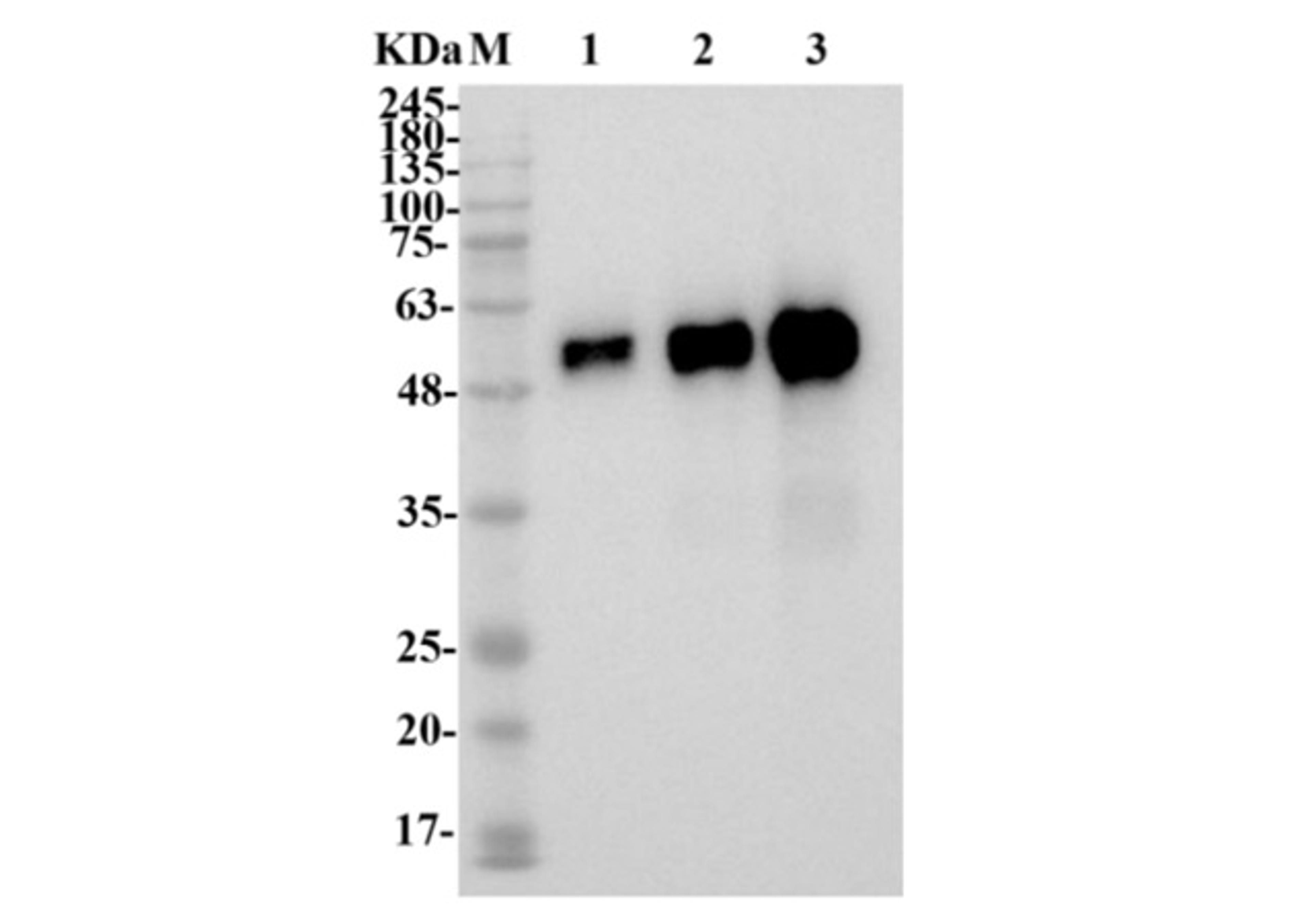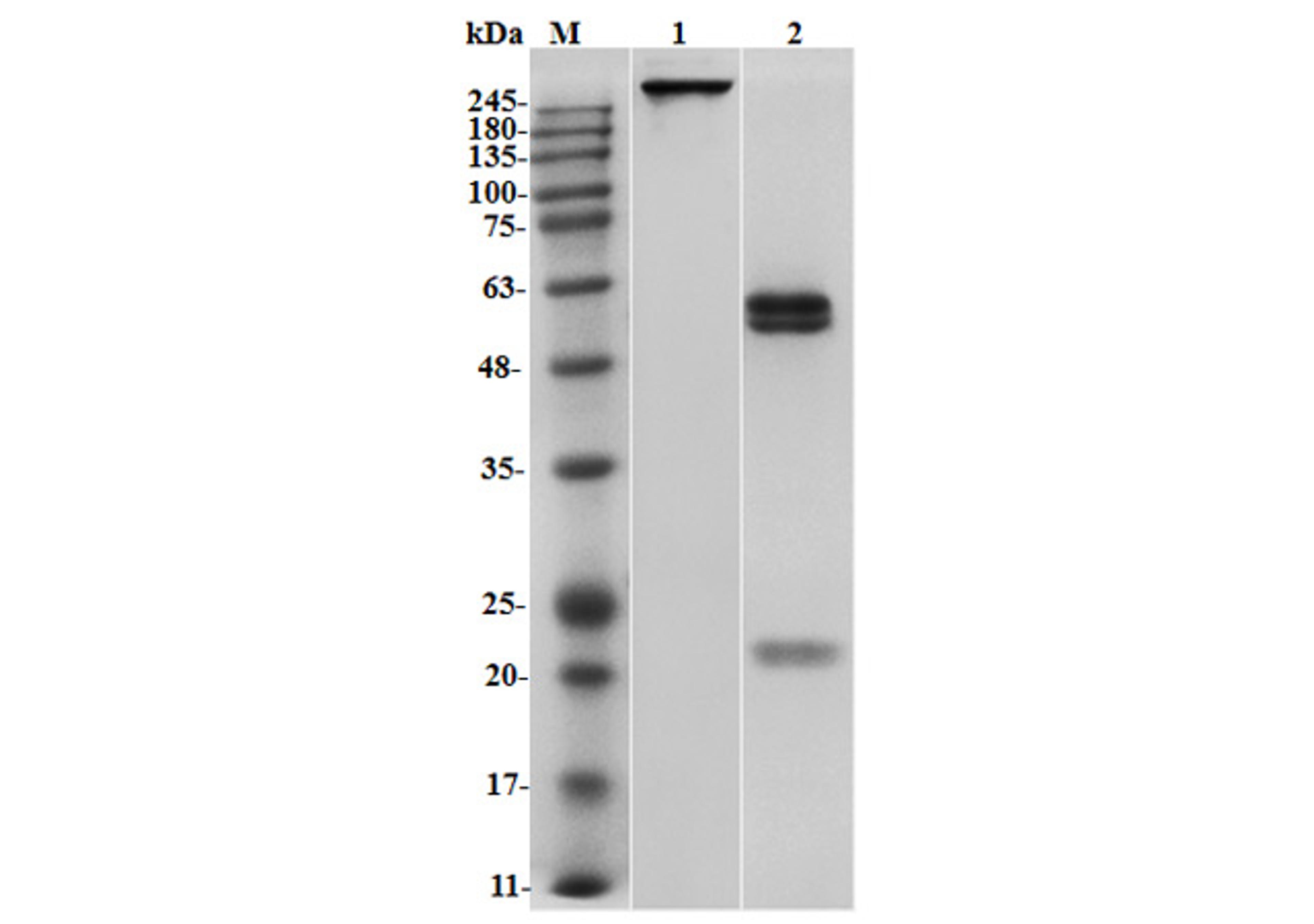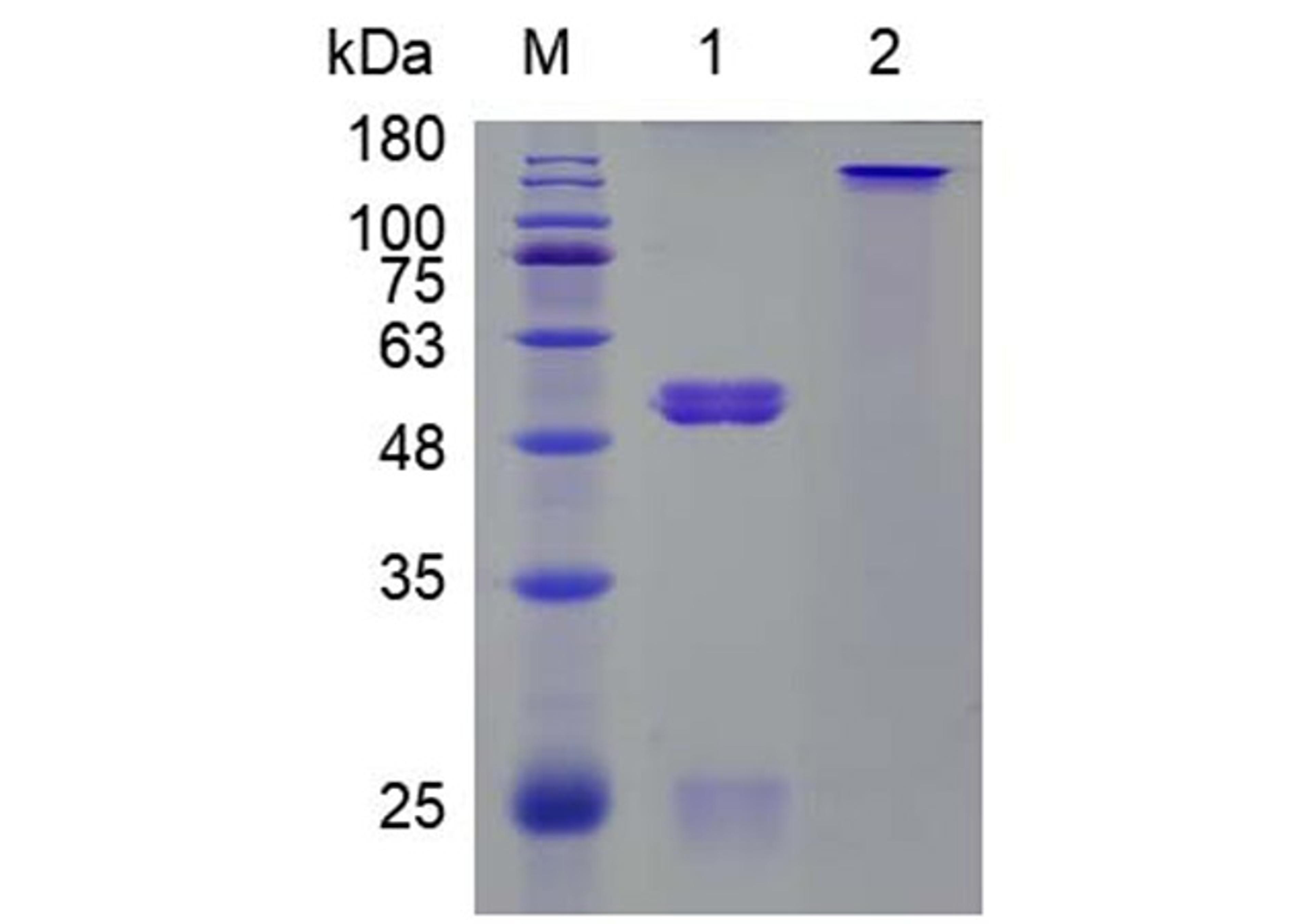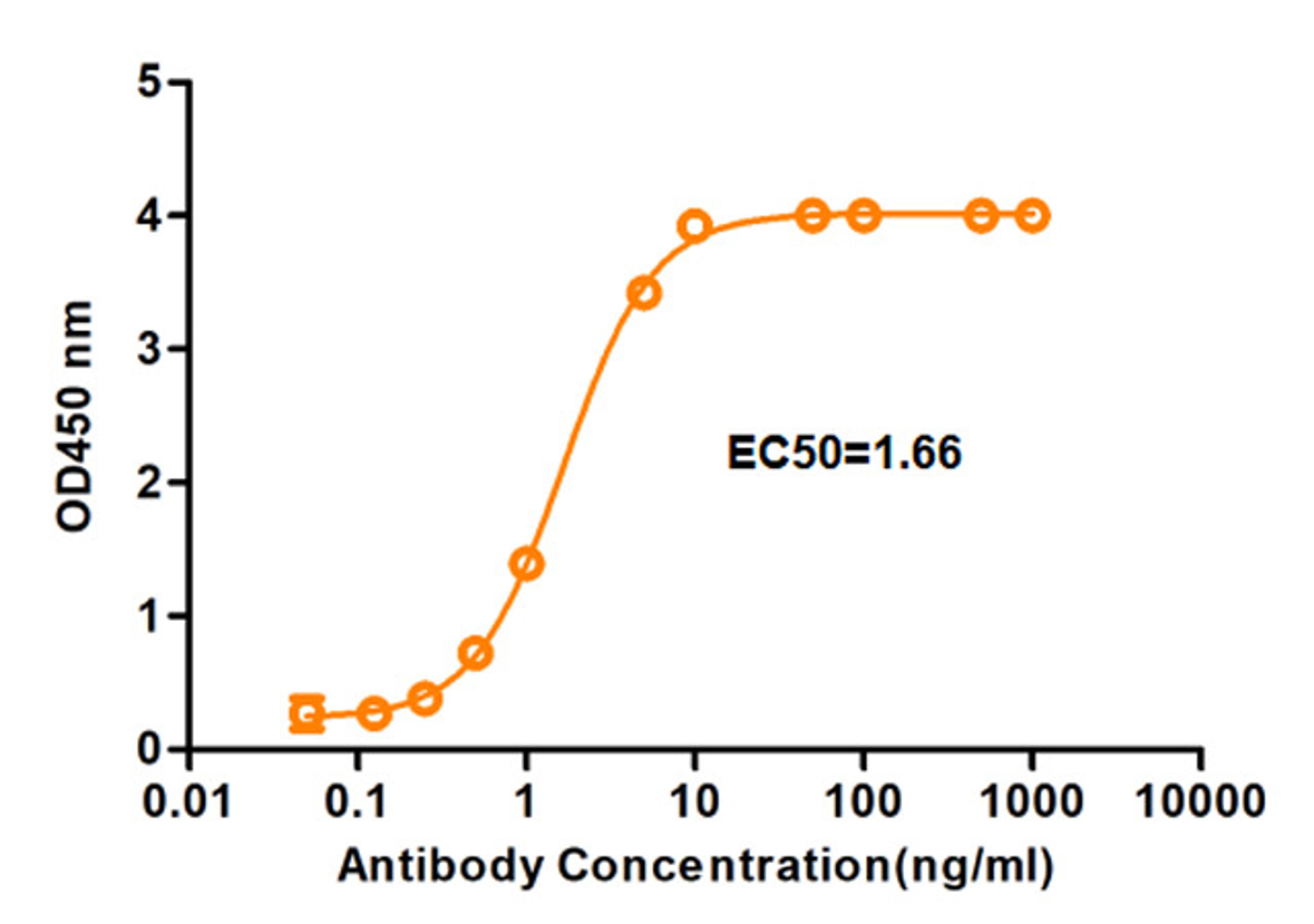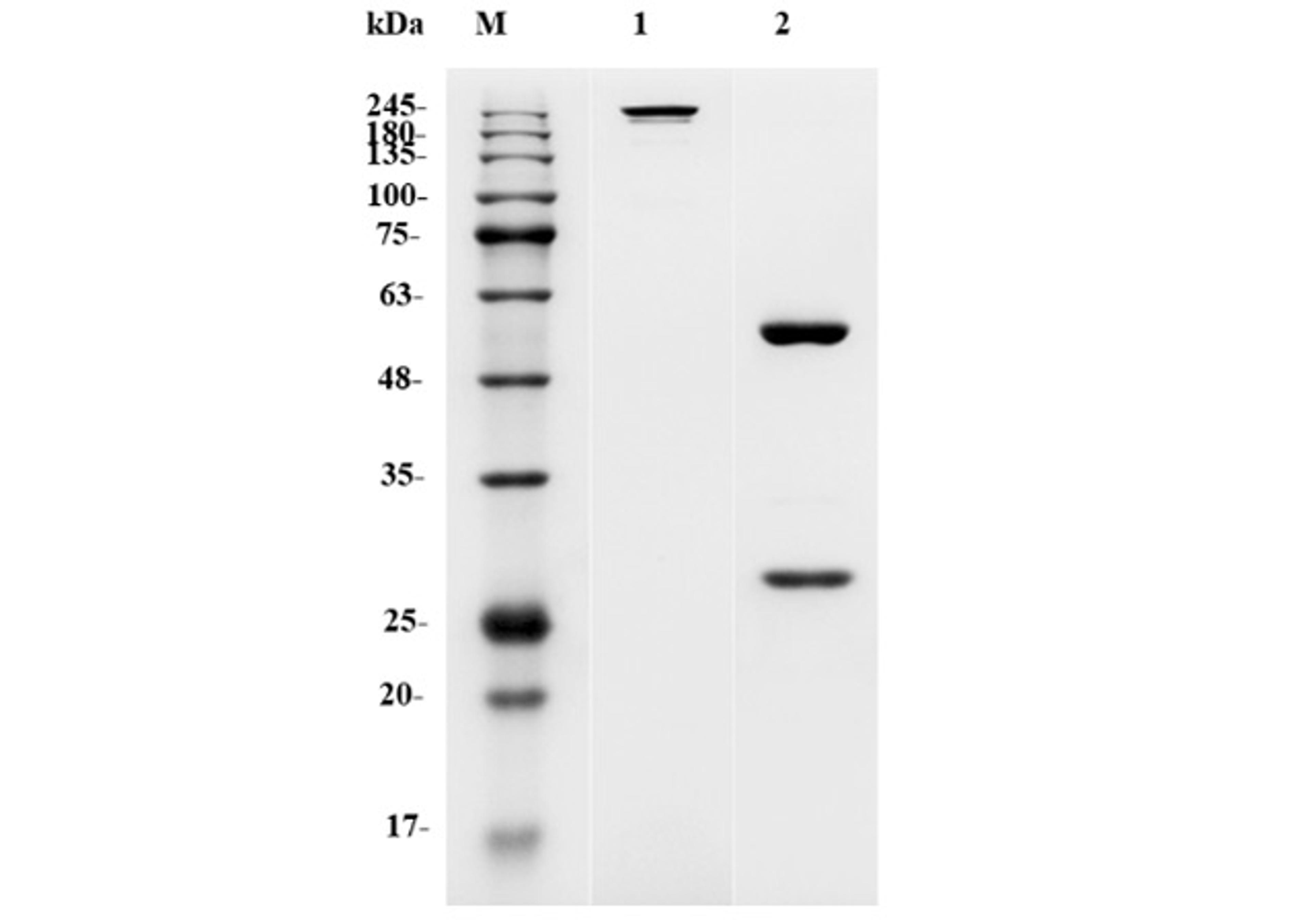FSH (Follicle Stimulating Hormone)
High Quality Assays with Reproducible and Reliable Results

The supplier does not provide quotations for this product through SelectScience. You can search for similar products in our Product Directory.
For the quantitative determination of follicle-stimulation hormone (FSH) concentration in human serum.Follicle-Stimulation Hormone (FSH) and Luteinizing Hormone (LH) are intimately involved in the control of the growth and reproductive activities of the gonadal tissues, whichsynthesize and secrete male and female sex hormones. The levels of circulating FSH and LH are controlled by these sex hormones through a negative feedback relationship. FSH is a glycoprotein secreted by the basophilic cells of the anterior pituitary. Gonadotropin-release hormone (GnRH), produced in the hypothalamus, controls the release of FSH from the anterior pituitary. Like other glycoproteins, such as LH, TSH, and hCG, FSH consists of subunits designated as alpha and beta. Hormones of this type have alpha subunitsthat are very similar structurally; therefore the biological and imunological properties are dependent on the unique beta subunits. In the female, FSH stimulates the growth andmaturation of ovarian follicles by acting directly on the receptors located on the grannulosa cells; follicular steroidogenesis is promoted and LH production is stimulated. The LH produced then binds to the theca cells and stimulates steroidogenesis. Increased intraovarian estradiol production occurs as follicular maturation advances, thereupon stimulating increased FSH receptor activity and FSH follicular binding. FSH, LH, and estradiol are therefore intimately related in supporting ovarian recruitment and maturation in women.FSH levels are elevated after menopause, castration, and in premature ovarian failure. The levels of FSH may be normalized through the administration of estrogen, whichdemonstrate a negative feedback mechanism. Abnormal relationships between FSH and LH and between FSH and estrogen have been linked to anorexia nerbosa and polycystic ovarian disease. Although there are significant exceptions, ovarian failure is indicated when random FSH concentrations exceed 40 mlU/ml. The growth of the seminiferous tubules and maintenance of spermatogenesis in men are regulated by FSH. However, androgens, unlike estrogen, do not lower FSH levels, therefore demonstrating a feedback relationship only with serum LH. For reasons not fully understood, azospermic and oligospermic males usually have elevated FSH levels. Tumors of the testes generally depress serum FSH concentrations. High levels of FSH in men may be found in primary testicular failure and Klinefelter syndrome. Elevated concentrations are also present in cases of starvation, renal failure, hyperthyroidism, and cirrhosis.The FSH Quantitative Test is based on a solid phase enzyme-linked immunosorbent assay (ELISA). The assay system utilizes a mouse monoclonal anti-a-FSH antibody for solid phase (microtiter wells) immobilization and another mouse monoclonal anti-Beta-FSH antibody in the antibody-enzyme (horseradish peroxidase) conjugate solution. The test sample is allowed to react simultaneously with the antibodies, resulting in FSH molecules being sandwiched between the solid phase and enzyme-linked antibodies. After a 45-minute incubation at room temperature, the wells are washed with water to remove unbound-labeled antibodies. A solution of TMB Reagent is added and incubated at room temperature for 20 minutes, resulting in the development of a blue color. The color development is stopped with the addition of Stop Solution and the color is changed to yellow and measured spectrophotometrically at 450 nm. The concentration of FSH is directly proportional to the color intensity of the test sample.





